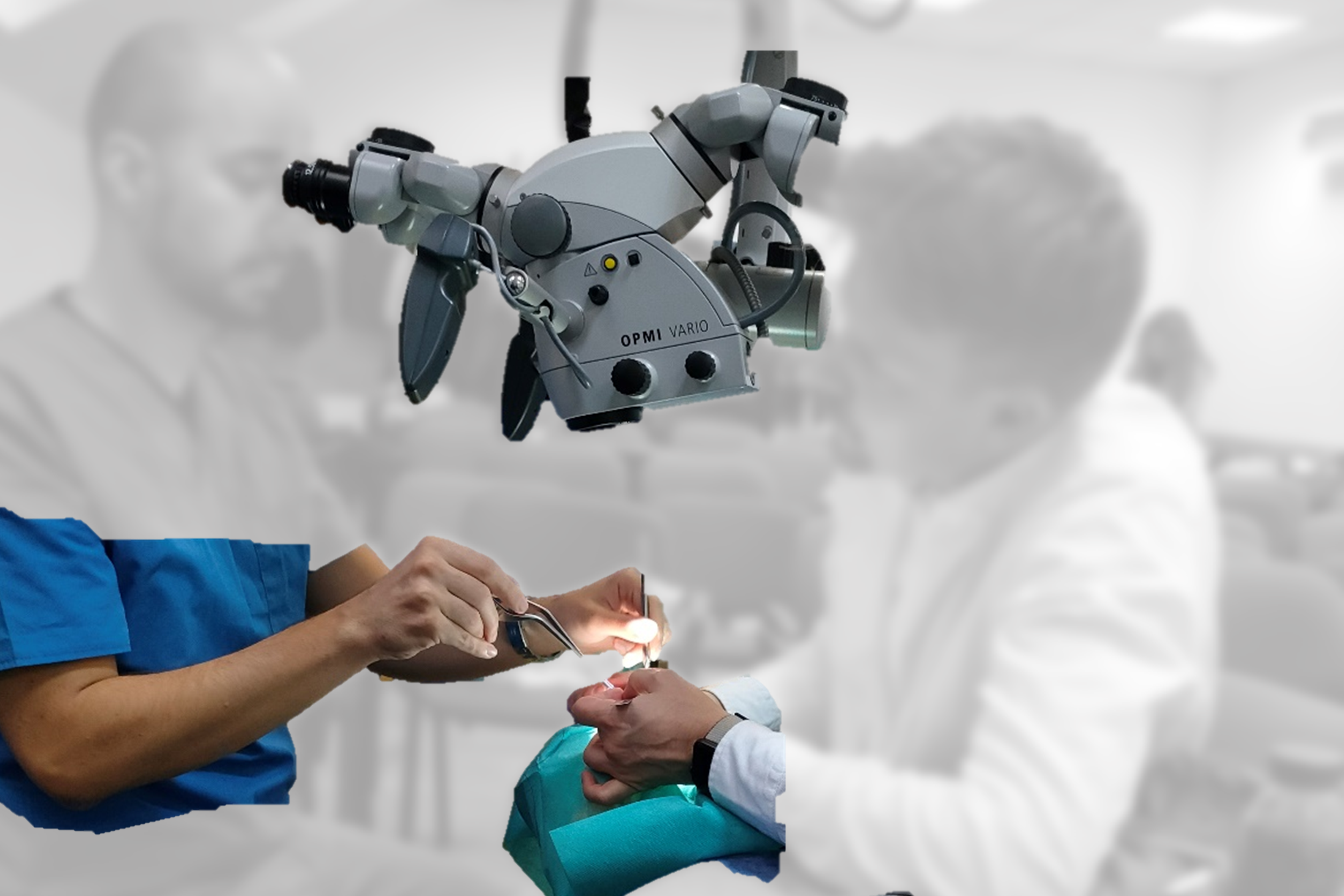
(Vienna, 23-01-2024) Scientists from MedUni Vienna, in collaboration with colleagues from the Politecnico di Milano, have developed a simulator that can be used to practice and plan complex aneurysm operations. In a study recently published in the journal "Neurosurgical Focus", the great benefits of this virtually and physically available tool were tested and clearly confirmed.
The surgical treatment of aneurysms (clipping) is a delicate and complicated procedure in neurosurgery that requires precise skills and comprehensive anatomical knowledge. Innovative training and planning solutions such as advanced simulators and 3D visualisation tools are crucial to equip neurosurgeons with the expertise and confidence they need to effectively manage the complexity of aneurysm treatment.
The simulator, which was developed at MedUni Vienna's Center for Medical Physics and Biomedical Engineering in collaboration with experts from MedUni Vienna's Department of Neurosurgery and the Department of Electronics Information and Bioengineering at Politecnico di Milano, can be used both virtually (augmented reality) and physically (3D prints). It simulates non-ruptured intracranial aneurysms with high anatomical and haptic accuracy. The physical simulator is produced using the 3D printer technologies available at the Medical University of Vienna and silicone 3D printing from the Swiss company Spectroplast. The digital simulator is an interactive clipping simulator with visualisation in augmented reality technology through the use of HoloLens 2 glasses connected to a laptop running a real-time simulation of the interaction between clip and aneurysm.
The recent study conducted by the interdisciplinary team led by Francesco Moscato from MedUni Vienna's Center for Medical Physics and Biomedical Engineering in close collaboration with Philippe Dodier from MedUni Vienna's Department of Neurosurgery involved 14 neurosurgeons with different levels of experience. The medical assistants (n=9) from MedUni Vienna used the training tool on two different days (day 0 and day 14). Based on objective measurement parameters (including video documentation, smartwatch tremor evaluation and photon counting CT), a significant benefit was derived in terms of active simulation time, clipping attempts and radiological closure rate during aneurysm operations.
In November 2023, the simulator had already been included in the practical microsurgical training seminar supported by the European Association of Neurosurgical Societies (EANS) in Cluj, Romania. More than 15 students used the simulator and gave excellent feedback on its realistic presentation, user-friendliness and functionality. The use of the tools for preoperative planning is currently being tested by experienced neurosurgeons and results are expected in the coming months.
A patent application has been filed for the developed simulator. These efforts were funded by AWS grant no. P2410019-W3G01 entitled "New patient-specific surgical simulator".
Publication: Neurosurgical Focus
An evaluation of physical and augmented patient-specific intracranial aneurysm simulators on microsurgical clipping performance and skills: a randomized controlled study;
Philippe Dodier, Lorenzo Civilla, Ammar Mallouhi, Lukas Haider, Anna Cho, Philip Lederer, Wei-Te Wang, Christian Dorfer, Arthur Hosmann, Karl Rössler, Markus Königshofer, Ewald Unger, Maria-Chiara Palumbo, Alberto Redaelli, Josa M. Frischer, Francesco Moscato
Doi: https://doi.org/10.3171/2023.10.FOCUS23640